Many water tank operators struggle with inaccurate level measurements, leading to overflow risks and inefficient water management.
Ultrasonic sensors are highly effective for water level detection in tanks, providing non-contact, accurate measurements up to ±0.25% accuracy. They’re widely used in water storage and treatment facilities.
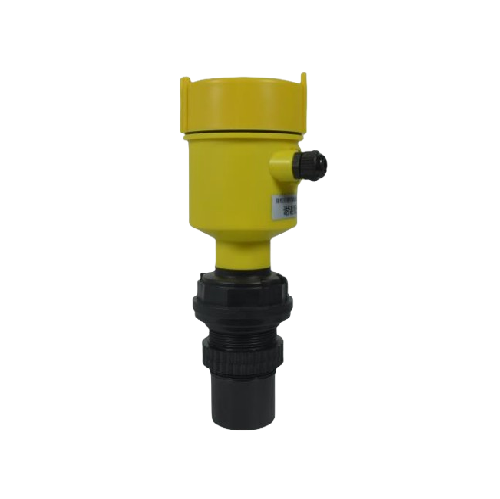
Ultrasonic Level Sensor Installation on Water Tank
Let me share my experience in implementing ultrasonic level sensors for water tank monitoring across various applications.
Can Ultrasonic Sensors Detect Water Levels?
Water level monitoring requires reliable measurement solutions.
Yes, ultrasonic sensors excel at water level detection by emitting sound waves that bounce off the water surface. They provide accurate, real-time measurements without contacting the liquid.
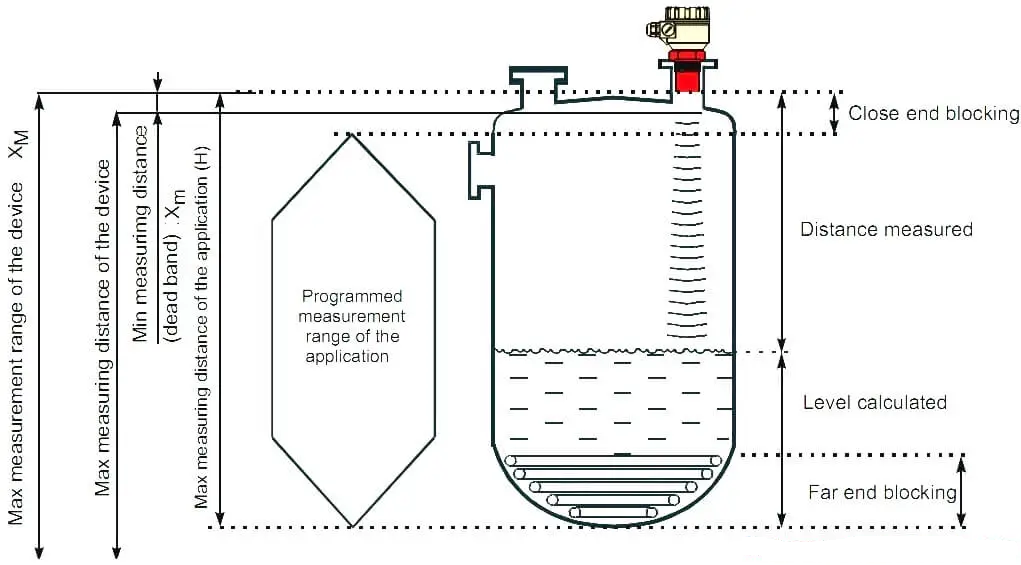
Ultrasonic Sensor Operation Principle
Here’s what I’ve learned from numerous installations:
Working Principle
-
Measurement Process
- Sound wave emission
- Echo reception
- Distance calculation
-
Key Features
- Non-contact measurement
- Easy maintenance
- Digital output options
Application Benefits
- Continuous monitoring
- Remote reading capability
- Low maintenance needs
- Cost-effective operation
These advantages make ultrasonic sensors ideal for water level monitoring.
Which Sensor Is Used to Detect Water Level in a Water Tank?
Choosing the right sensor type impacts measurement reliability.
While several sensor types exist, ultrasonic sensors are most commonly used for water tanks due to their reliability, ease of installation, and cost-effectiveness. Other options include capacitive, float, and pressure sensors.
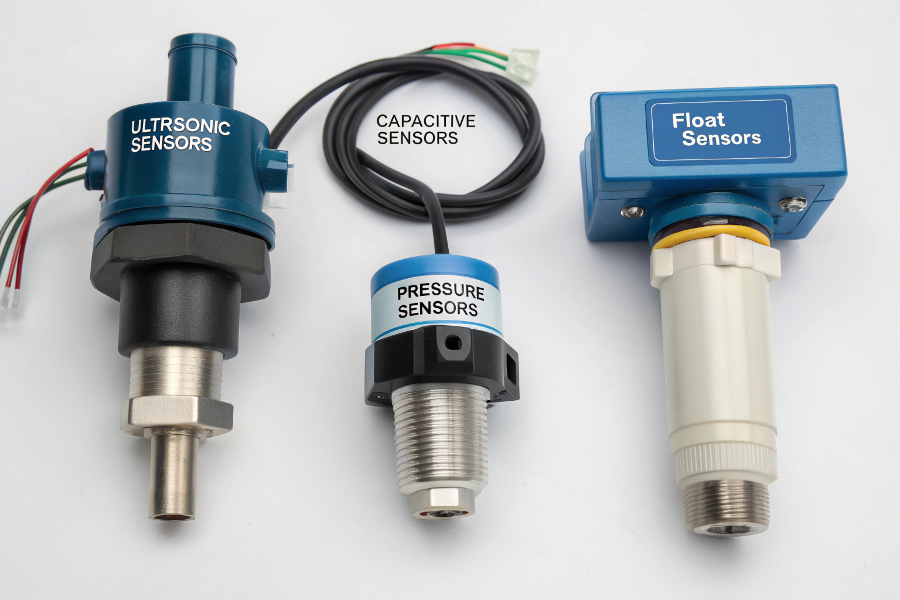
Water Level Sensor Types Comparison
Based on my implementation experience:
Common Sensor Types
-
Ultrasonic Sensors
- Non-contact operation
- Easy maintenance
- Digital output
-
Float Sensors
- Simple operation
- Limited accuracy
- Mechanical wear
-
Pressure Sensors
- High accuracy
- Installation challenges
- Regular calibration needs
-
Capacitive Sensors
- Good accuracy
- Contact required
- Regular cleaning needed
Each type has its specific applications and limitations.
What Are the Disadvantages of Ultrasonic Level Sensors?
Understanding limitations helps prevent application issues.
Ultrasonic sensors can be affected by temperature changes, foam on liquid surfaces, and turbulent conditions. They also require minimum distance clearance and proper installation alignment.
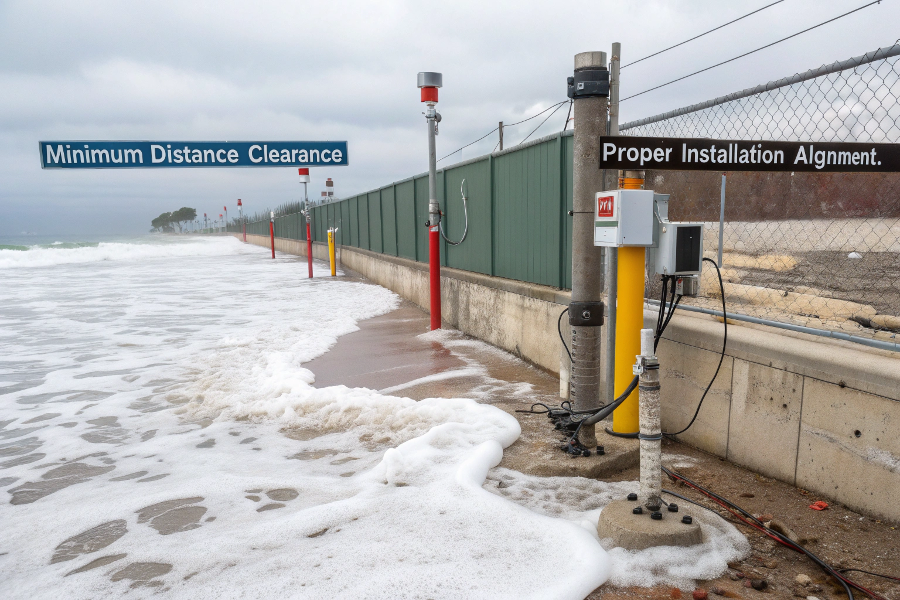
Ultrasonic Sensor Limitations
From my troubleshooting experience:
Common Limitations
-
Environmental Factors
- Temperature sensitivity
- Vapor interference
- Sound wave reflection
-
Installation Requirements
- Minimum distance needs
- Alignment precision
- Mounting stability
Application Challenges
- Foam presence
- Surface turbulence
- Echo interference
- Signal blocking
Understanding these limitations helps ensure successful implementation.
What Should I Avoid with Ultrasonic Level Sensors?
Proper installation and operation prevent measurement errors.
Avoid installing sensors in locations with excessive vapor, foam, or turbulence. Keep sensors away from tank walls, ensure proper alignment, and maintain required minimum distances.
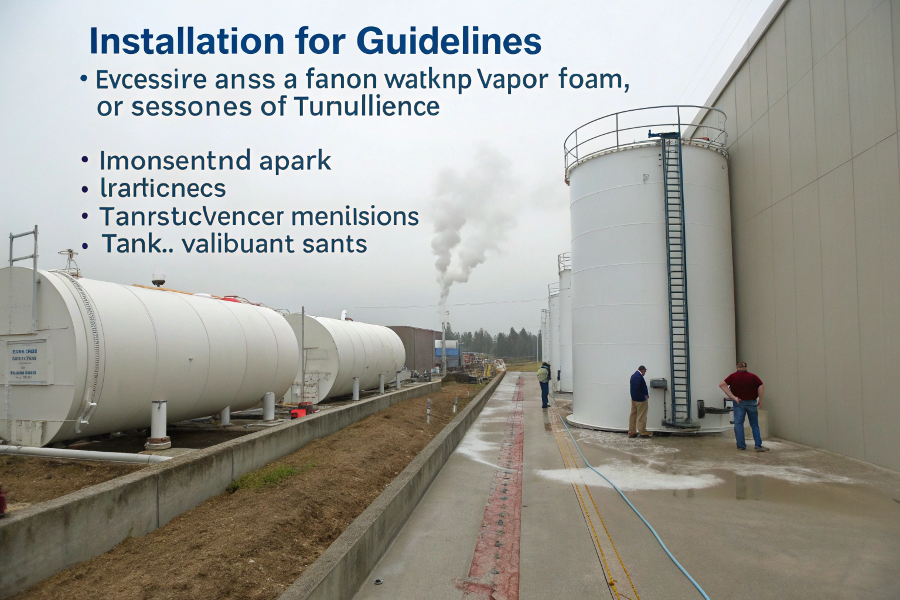
Ultrasonic Sensor Installation Guidelines
Based on my field experience:
Installation Considerations
-
Physical Location
- Distance from walls
- Interference sources
- Mounting stability
-
Environmental Factors
- Temperature extremes
- Vapor presence
- Turbulent conditions
Operational Practices
-
Maintenance
- Regular cleaning
- Performance checks
- Calibration verification
-
Monitoring
- Signal strength
- Echo quality
- Temperature compensation
Following these guidelines ensures optimal sensor performance.
Conclusion
Ultrasonic level sensors are excellent choices for water tank monitoring when properly installed and maintained. Understanding their capabilities and limitations helps ensure reliable measurement performance in water management applications.
